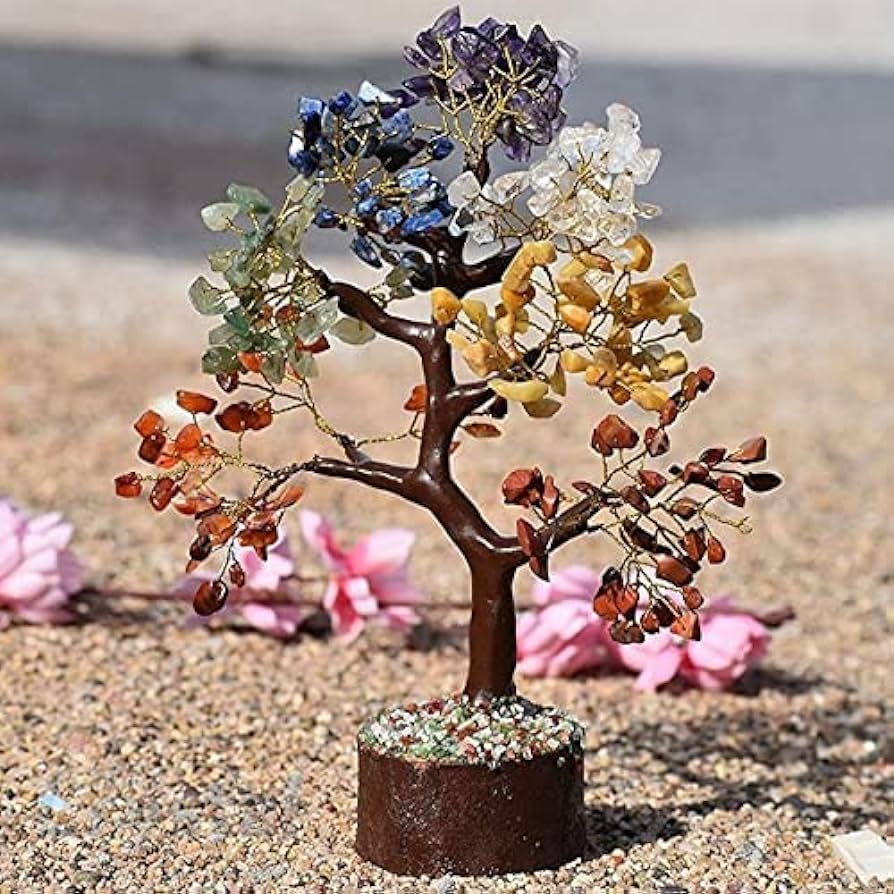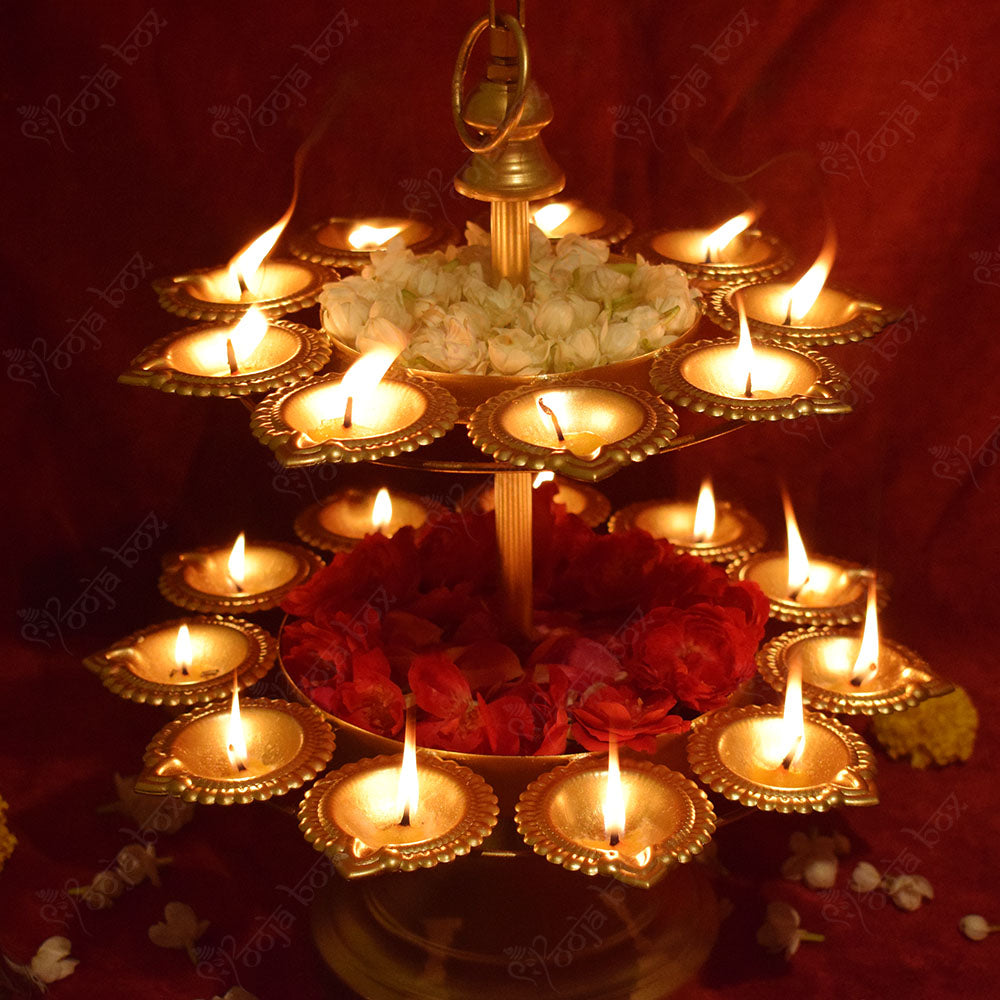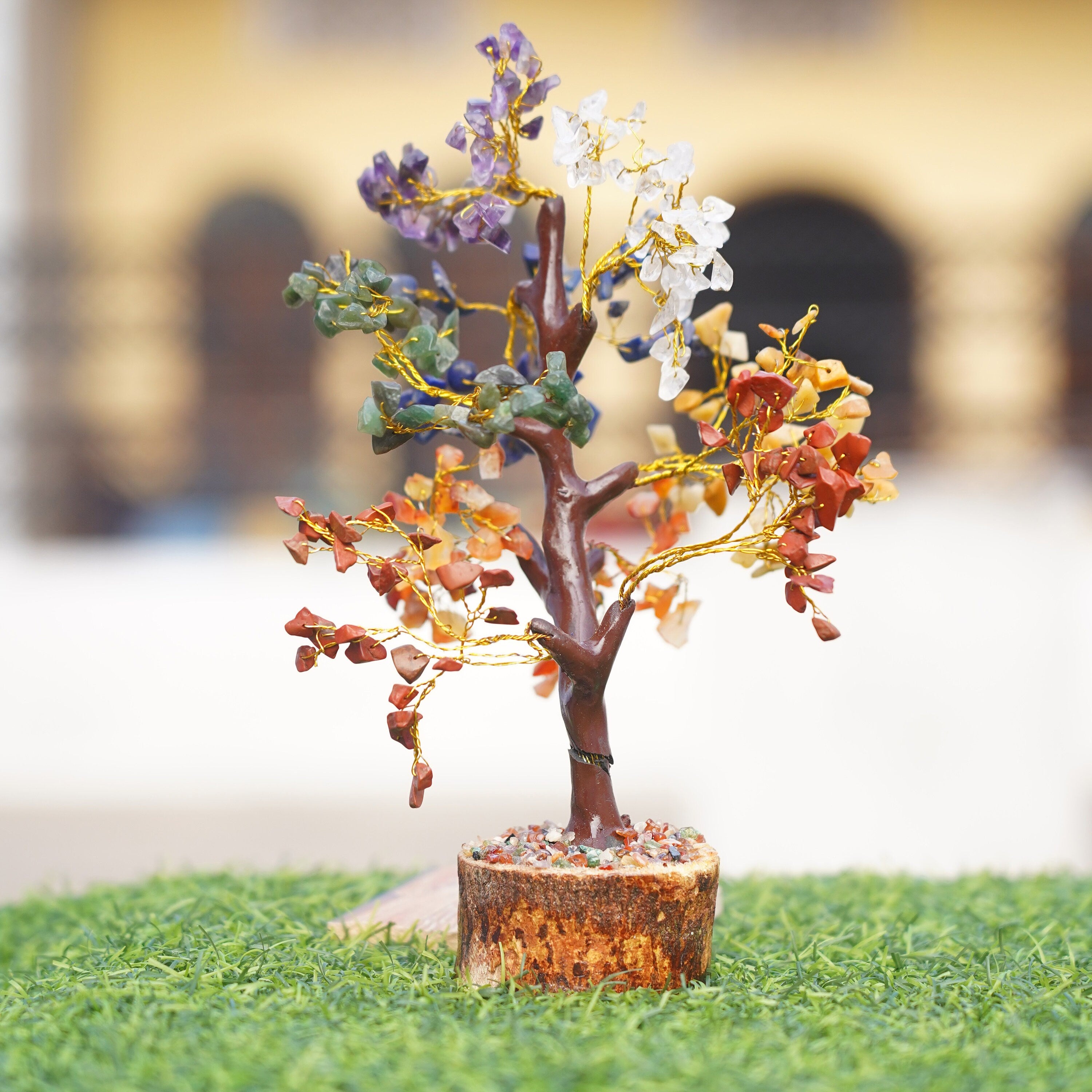Ever ponder why, despite leading hectic, contemporary lives, so many people decide to fast on Janmashtami? It is not merely a custom. A symbolic act of devotion, discipline, and inner purification, fasting on Janmashtami is a passionate offering to Lord Krishna for millions of believers worldwide. However, attentively observing this fast has a deeper spiritual beauty that goes beyond the ceremonial.
This blog will explain the rationale behind Janmashtami fasting and how to observe it in a thoughtful, balanced manner, regardless of whether you have been fasting for years or are just starting out.
1. The Spiritual Importance of Fasting on Janmashtami
Lord Krishna, the heavenly incarnation who is renowned in the Bhagavad Gita for his wisdom, charm, and teachings, was born on Janmashtami. On this day, fasting is thought to help cleanse the body and mind, which enables the devotee to experience Krishna's heavenly presence more fully.
Why it matters: It is thought that fasting helps followers maintain their spiritual focus by lowering outside distractions and material cravings. It reminds us to rely on divine grace instead of worldly pleasures and represents submission.
2. Types of Janmashtami Fasting
When it comes to fasting, there is no one-size-fits-all solution. Depending on their age, spiritual discipline, and state of health, devotees can select from a range of options:
-
Nirjala Fast: Abstaining from food, water and liquids until midnight.
-
Phalahar Fast: You only consume water, milk, and fruits.
-
Satvik Fast: Eat light, sattvic foods without salt or wheat, such as potato dishes, makhana, or sabudana khichdi.
-
Eating once during the day following a brief prayer and offering is known as a partial fast.
A helpful advice is to pick a technique that fits your physical capabilities. Instead of punishing, fasting should purify.
3. How Inner Awareness Is Fostered by Fasting
Janmashtami fasting involves more than just avoiding eating; it also involves introspection. Your mind starts to slow down as you cut back on outside stimuli (such as food, noise, and electronic distractions), making room for prayer, introspection, and thankfulness.
Try this: Read the Bhagavad Gita, recite Krishna mantras, or reflect on the life and teachings of Lord Krishna during the time you would otherwise spend preparing meals or cooking. Allow your fast to turn into an introspective trip.
4. Creating a Sacred Presence at Home
During Janmashtami, turn your area into a place of spiritual refuge. Your home's energy can be raised with easy modifications like playing bhajans, decorating a modest altar, or burning a diya.
A Blue Krishna Crystal Glass God Idol would look great on your altar or pooja table. Its graceful and calm presence adds a soothing elegance to your surroundings and serves as a visible reminder of dedication.
Beautifully carved crystal Krishna idols, such as those found on www.poojabox.net, are available online and combine devotion with style.
5. Foods to Consume (and Avoid) While Fasting on Janmashtami
It's critical to properly replenish your body during a fast. Here are some typical items you can eat when on a phalahar or satvik fast:
Able to consume:
-
Fruits (pomegranate, apple, banana, etc.)
-
Dairy (paneer, milk, and curd)
-
Sabudana, or pearls of sago
-
Fox nuts, or makhana
-
Water from coconuts
-
Sendha Namak, or rock salt
Acoid:
-
Grains (wheat, rice)
-
Ordinary salt
-
Garlic with onion
-
Foods that are fried or spicy (if possible)
A mindful tip is to eat mindfully and slowly. Before you eat it as prasadam, offer your food to Krishna.
6. How to Properly Break the Fast (Parana)
After the Krishna Janmotsav aarti, fasts are often broken at midnight. Devotees offer sweets like butter or panjiri, rock the newborn Krishna's cradle, and sing bhajans during this most auspicious time.
How to do it with awareness:
-
Read the account of Krishna's birth or do a little puja.
-
Present the god with a simple meal.
-
Eat light when you break your fast so as not to overburden your system.
Keep in mind that the goal of the fast is spiritual awakening, not merely missing meals. Allow breaking your fast to be as spiritual as keeping it.
7. Turn it into a family get-together
Withdrawing from delight is not the same as fasting. Janmashtami is actually one of the happiest holidays! Make homemade candies, dress up as Krishna and Radha, and spend time narrating Krishna's life stories.
Allow the entire family to take part in little acts of seva (service), chanting bhajans, and adorning the altar.
8. Being Aware While Fasting
Being present—with your body, your thoughts, and your devotion—is the key to mindful fasting. Here's how to maintain your ground:
-
Throughout the day, monitor your energy levels.
-
Take a nap if necessary, particularly when fasting during Nirjala.
-
Write a letter to Krishna or keep a journal.
-
Establish goals in the beginning and consider them at night.
When fasting is done with presence rather than pressure, it gains far more force.
Final Thoughts: Fasting as a Form of Love
The goal of Janmashtami fasting is connection, not constraint. It's a selfless act of prayer, an offering from the heart, and a lovely chance to match your dedication on the inside with your life on the outside.
Thus, this Janmashtami, rejoice quickly. Quick with a purpose. And fast while keeping in mind that every act of devotion, no matter how tiny, draws you nearer to Krishna's affection.Remember to look at well-considered additions like the Blue Krishna Crystal Glas









